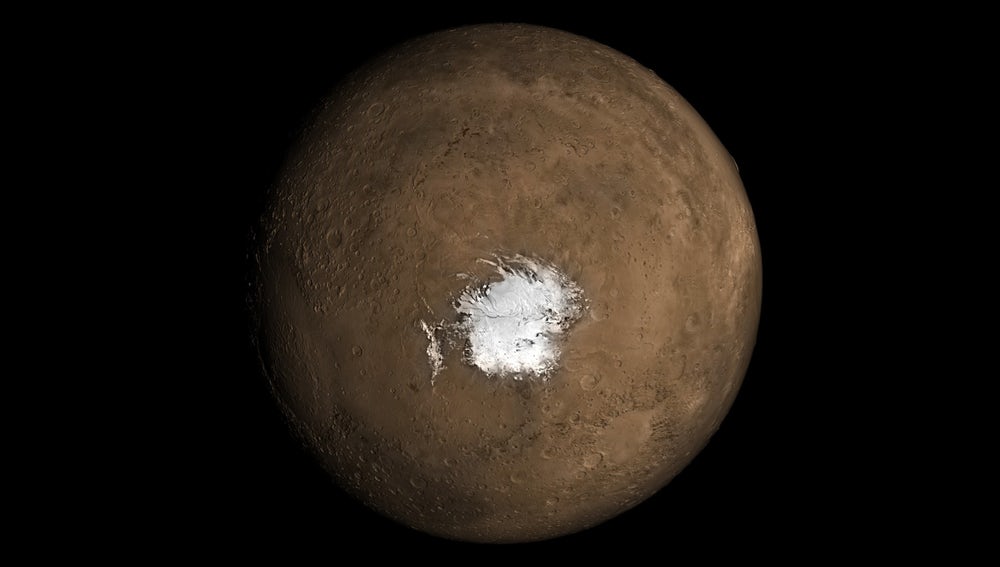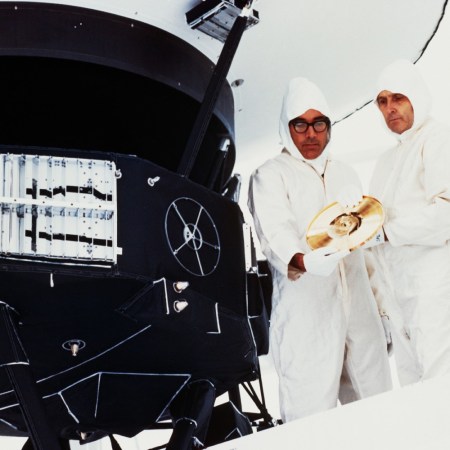A new study published in the journal Geophysical Research Letters reveals that magma from recent volcanic activity could be trapped under the surface of Mars, heating the underwater lake reportedly discovered on the Red Planet last year.
Massive amounts of sodium, magnesium, and calcium salts in that water help to keep the lake liquified, but researchers believe that for it to stay liquid, the lake would require a larger source of heat.
Now, researchers believe that volcanic activity within the last 300,000 years resulted in the collection of magma in chambers thought to be located six miles below the Martian surface.
With activity occurring so recently, the magma could still be bubbling deep underground today, New Atlas reports.
“This would imply that there is still active magma chamber formation going on in the interior of Mars today and it is not just a cold, sort of dead place, internally,” says Ali Bramson, co-lead author of the study.
The team does, however, acknowledge that the original discovery of the underground lake on Mars’ south pole could be the result of misinterpreted data, but the researchers began their study assuming the discovery was real so they could figure out which conditions on Mars would lead to our neighbor’s ability to create water, and life, on the now dusty planet.
“We think that if there is any life, it likely has to be protected in the subsurface from the radiation,” Bramson said. “If there are still magmatic processes active today, maybe they were more common in the recent past, and could supply more widespread basal melting. This could provide a more favorable environment for liquid water and thus, perhaps, life.”
Thanks for reading InsideHook. Sign up for our daily newsletter and be in the know.


















